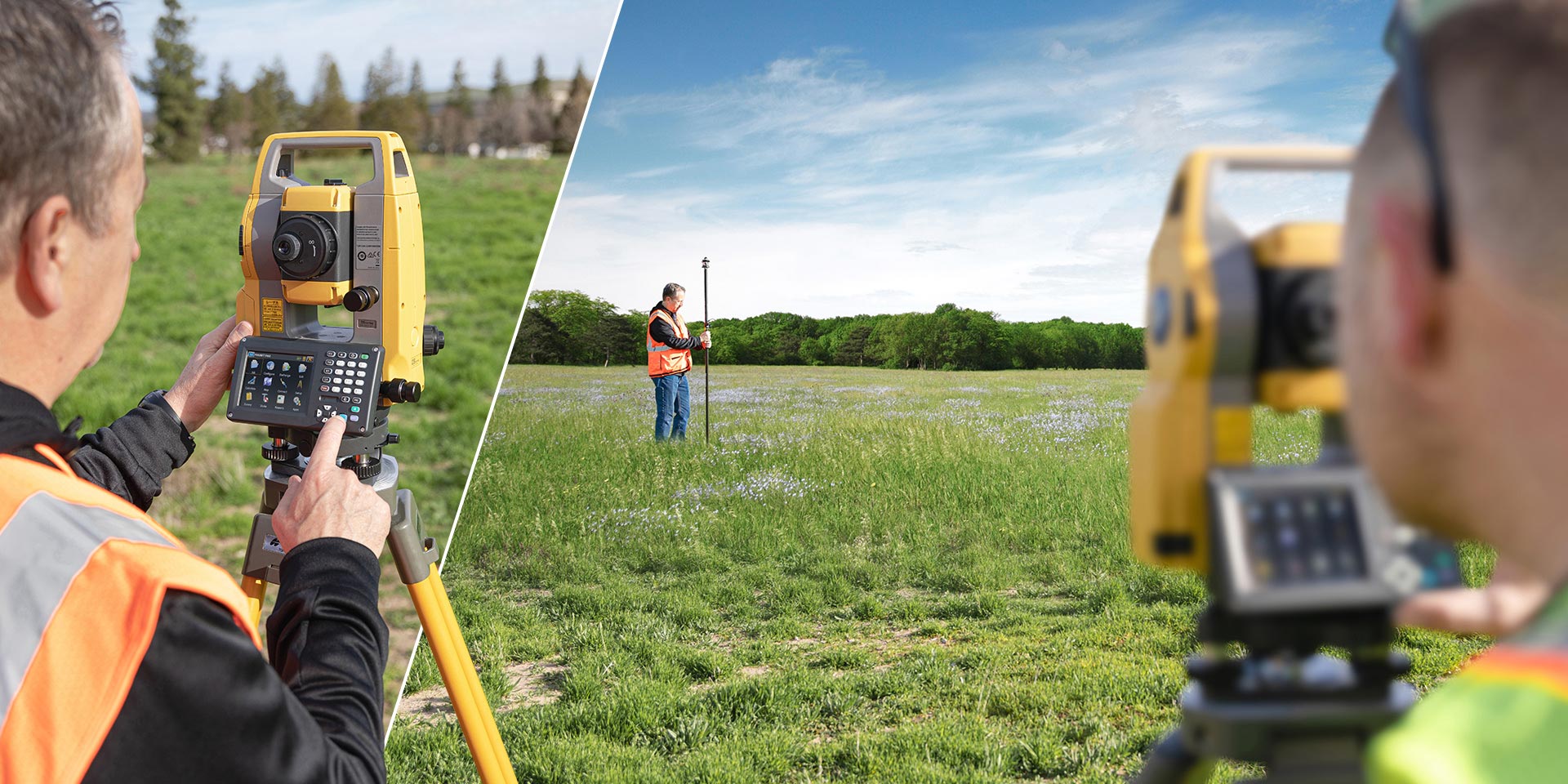Total Station Survey

Introduction
What is a Total Station?
A Total Station is an electronic/optical instrument used in modern surveying and building construction. It is used to measure horizontal and vertical angles as well as distances, using a built-in computer for data collection and processing. It often includes an onboard data collector and can be operated manually or robotically.
Key Components
Electronic Theodolite – Measures angles accurately.
Electronic Distance Measurement (EDM) – Calculates distances using infrared or laser technology.
Microprocessor/Data Collector – Stores and processes the measured data.
Display Screen – For viewing and managing the data on-site.
Reflector/Prism – Used to bounce the signal back to the Total Station for distance calculation.
Surveying Procedure
Setup – The Total Station is mounted on a tripod and leveled.
Orientation – Instrument is oriented by sighting a known reference point.
Measurement – Horizontal angles, vertical angles, and slope distances are measured.
Data Recording – Measurements are stored digitally.
Processing – Data is processed and analyzed using CAD or GIS software.
Applications
Topographic Surveys
Construction Layout
Road and Highway Design
Mining and Tunnel Surveys
Boundary and Cadastral Surveys
As-Built Surveys
Advantages
High precision and accuracy
Fast data collection and processing
Reduced manpower and human error
Digital data storage and easy transfer
Can be used in challenging terrain and weather conditions
Conclusion
Total Station Surveys have revolutionized the field of surveying by enhancing the speed, accuracy, and efficiency of data collection. They are indispensable tools in modern infrastructure projects, providing reliable results for planning, design, and construction purposes.
Market Analysis
How can we help you?
Contact us at the Consulting WP office nearest to you or submit a business inquiry online.
